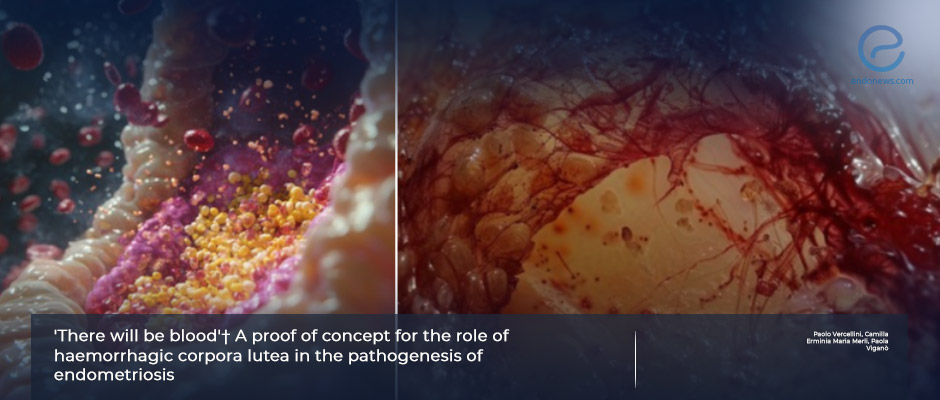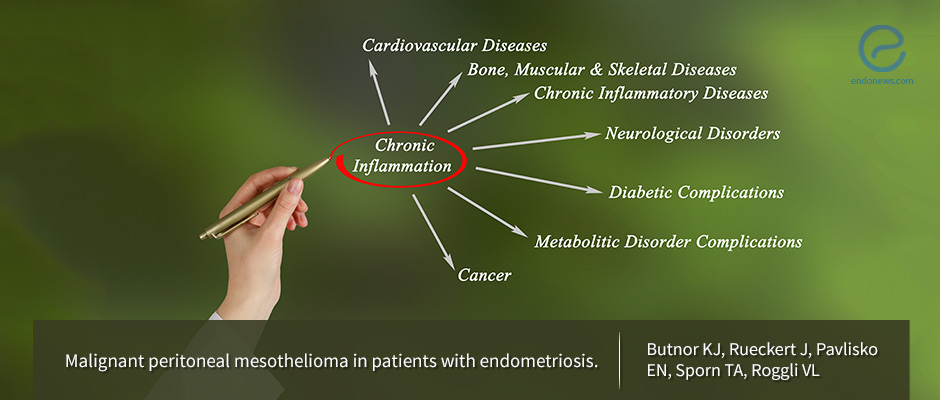A new pathogenetic hypothesis of endometriosis
Recent research has focused on perimenopausal women who experienced hematoperitoneum and lower abdominal pain, subsequently developing deep infiltrating endometriosis within a few months of the initial episode. Ultrasonographic evaluations revealed that a bleeding functional ovarian cyst was the primary cause…
Key Points Lay SummaryPeritoneal endometriosis and Peritoneal Immunity
The peritoneum is an important immune barrier where, under normal conditions, it is balanced. External stimuli cause pro-inflammatory responses. To bring balance to this undesired situation, anti-inflammatory factors come into play. However, in patients with endometriosis, cytotoxicity of T lymphocytes,…
Key Points Lay SummaryHemorrhagic Ascites, Belly-Blood: The cause may be endometriosis!
A paper on the presentation of hemorrhagic ascites in endometriosis patients, written by Bernard et al. from the United States and China, was published in the journal Fertility and Sterility. From 1978 to 2016, the authors found only 37 articles, which describe 42…
Key Points Lay SummaryThe association of significant hemoperitoneum (blood in the abdominal cavity) and deep pelvic endometriosis
Although there are several theories to explain the etiology of deep endometriosis, the cause is unknown and there are currently no effective strategies to prevent its development. Bean E. et al., from University College London Hospital, UK, observed that some…
Key Points Lay SummaryThe association of endometriosis and peritoneal malignant mesothelioma
Endometriosis is well known to cause chronic inflammation of the serosa and incite mesothelial hyperplasia. Although multilocular peritoneal inclusion cysts and well-differentiated papillary mesothelioma were reported to be associated with endometriosis, the association of malignant mesothelioma has not been reported…
Key Points Lay SummaryPregnancy Risks Associated with Severe Endometriosis
Living with endometriosis can be painful and challenging; however, the challenges increase for women that are pregnant and have this disease. Recently, BJOG published an article titled “The ominous association between severe endometriosis, in-vitro fertilization, and placenta praevia: Raising awareness,…
Key Points Lay Summary
 By Selma Oransay
By Selma Oransay


 By Timur Seckin
By Timur Seckin

 By Irem Onur
By Irem Onur


 By Kasthuri Nair
By Kasthuri Nair